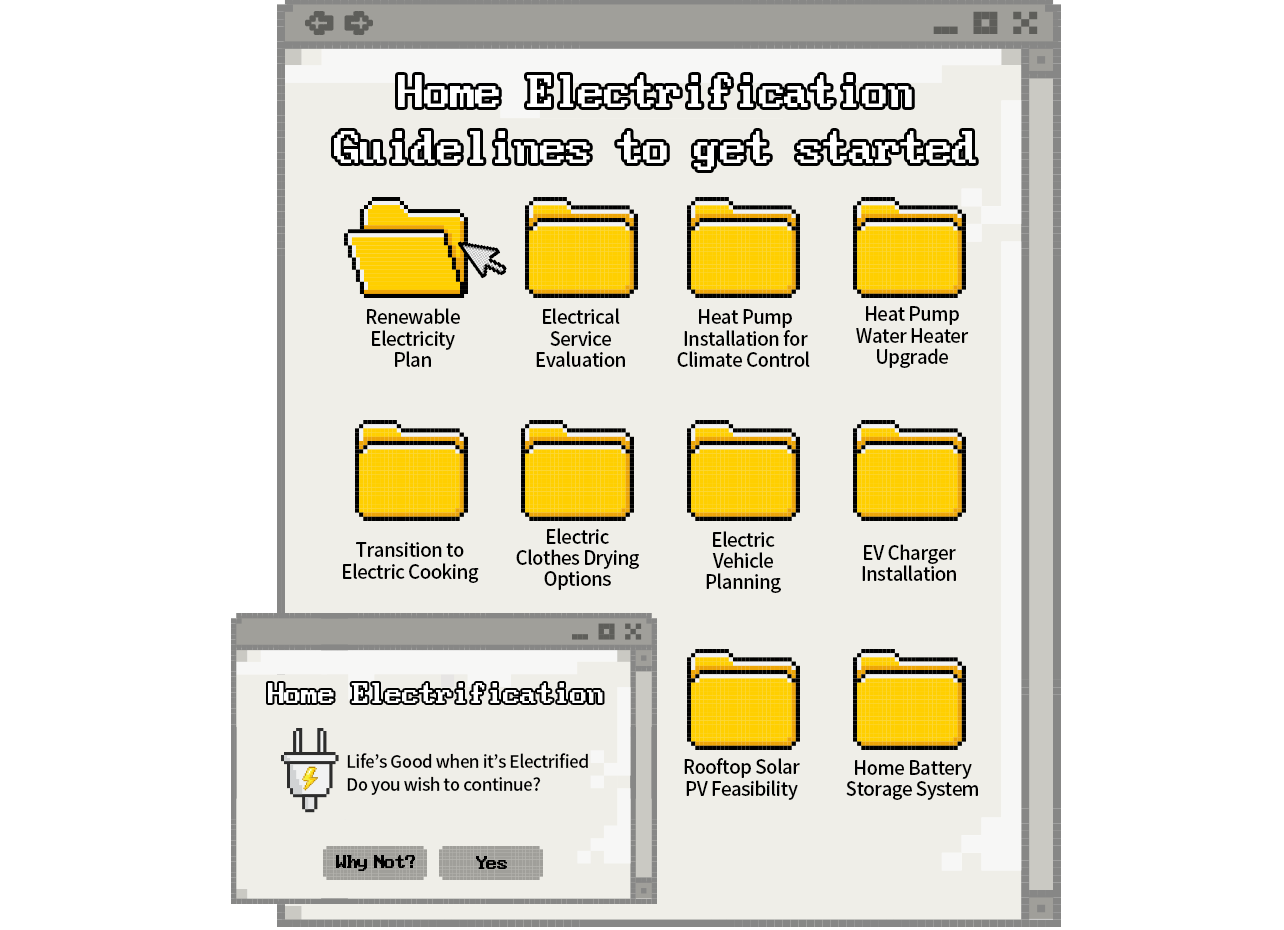We use cookies, including cookies from third parties, to enhance your user experience and the effectiveness of our marketing activities. These cookies are performance, analytics and advertising cookies, please see our Privacy and Cookie policy for further information. If you agree to all of our cookies select “Accept all” or select “Cookie Settings” to see which cookies we use and choose which ones you would like to accept.
The drive towards electrifying homes and buildings is a pivotal move in embracing sustainable living. This transition from traditional energy sources to electricity is a proactive step in mitigating climate change, overcoming the global energy crisis, and enhancing residential environments. Besides environmental benefits, home electrification brings practical advantages, including potential cost savings and improved home energy independence. In this evolving landscape, innovative solutions play a vital role, highlighting the efficiency and effectiveness of modern electric appliances. Join us for this series about all things electrification.













